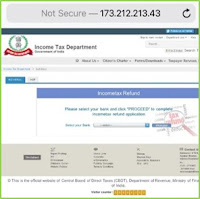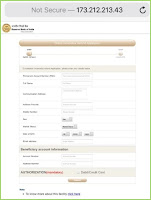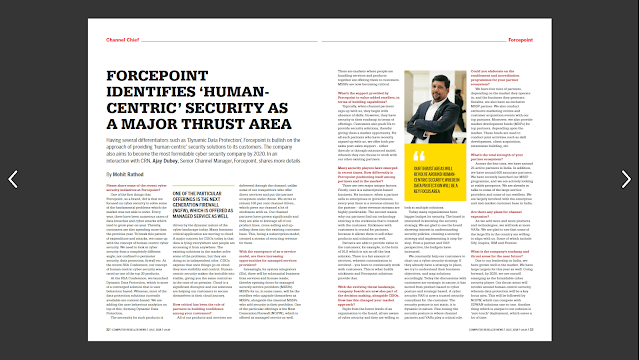Corona or Covid-19 as some like to call it – is in the news
everywhere. It has practically become the central theme of the world now. With
due respects to people and families who lost their loved ones – it would be
safe to say that Covid-19 has also spun off many unexpected positives. Low
levels of pollution, Himalayas visible
from far off places, free movement of wild animals etc. It also has spun off a
technology challenge / opportunity.
‘How can we?’ or ‘can we at all?’ use technology to map the
infected patients and alert the healthy ones?
There are several countries like Australia, Singapore, China
and many more that have launched COVID apps for contact tracing. Aarogya Setu
is one such app launched by Govt of India.
Not surprisingly there are naysayers and sceptics who are
thrashing this initiative. In this
article – let us take a view into some of these and objectively look at it.
How do the contact tracing apps work?
Not very different than Google Maps. The first step is to
get as many people as possible to use this app. Now, when a person (of course
with the app) is moving around say in city – his movements are kept track of in
the app. If the person happens to be Asymptomatic patient and figures it - 2
days later, then all the people he was in touch with for the past 2 days can be
alerted. The app also helps to identify clusters or hot spots of infection,
helping local authorities to initiate containment in that area.
Great logic and will work for sure. The Govt needs to make
sure a large volume of people use the app for this to be successful.
Privacy concerns?
One of the biggest concerns is that there is no specific
Data Protection Law in India under which this App could have been safeguarded
or evaluated. Though there is a proposed bill - Personal Data Protection Bill
2019 – but that is yet to become a law. Work in progress.
The other big concern is what happens to the data being
collected. I installed the app on my phone to figure that app takes information
like name, gender, travel history, telephone number, basic health info and
location. I will be concerned if this data is misused by tele-callers who
inundate me with unsolicited sales calls. There is no financial data or major
identity data– so I do not have to be bothered about losing my identity or bank
balance.
On one hand most of the users would happily and voluntarily
part with data on social media platforms and other apps. How else do you think
Amazon and Facebook know what is (was) on my mind? Which product or service
interests me. I can say with confidence that possibly Facebook, Amazon and
Google know more about us than any company HR where we work or even our near
and dear ones.
Track the tracker!
Various benchmarks are used to track the tracker– of course
there is no standard way of doing it. Looking at the way MIT Technology review
does it. It looks at 5 areas:
a)
Is the App voluntary?
To begin with the app was said to be
Mandatory. Driver’s license is mandatory, and one can be punished for driving
without one. This app was compulsory, but cops were not stopping you to check
if you obeyed the Govt. The government, to their credit, is trying to allay the
fears around data misuse and have made the use of Arogya Setu completely
non-compulsory. The app now holds the record for world's fastest-growing mobile
app with over 100 million downloads.
b)
Limitation on data use?
The govt has not clearly mentioned nor the
data protection provisions elaborate on this. We just need to trust the govt
here. People who are worried this could be used for surveillance should
remember that if you use anything that is “SMART” – it is watching you – Smart
phone, Smart TV or Smart home.
c)
Data Destruction?
Here the Govt has come clean. It has a data
destruction policy and most of the data is stored in the phone itself for
unaffected people.
d)
Data Collection?
This is a relative comparison. Compared to
China and Turkey – India is collecting data that is absolutely required.
Compared to some EU countries – India may be overstepping – like it asks
questions like – do you have Diabetes or BP? Anyway, for most of the Indians
Health info is not a very big secret.
e)
Transparent coding?
The app is developed by NIC. Not sure if they
have adhered to any specific standards but if the app must be successful in the
long run – it will become standardized and interoperate. I am hoping it will
work well with Apple and Google’s initiatives.
Conclusion:
Comparing the potential upsides and the potential downsides
– I would choose to have the app installed on my phone with a hope that all
those around me too do it as well. Until the vaccine comes – until corona is
overcome – let us do all that we can to stay safe.










